A few weeks previous on Twitter, someone in the wine trade was extolling the virtues of a new, non-glass wine bottle format that uses a plastic liner for the wine. There are many of these now and their novelty is that because they weighs less, they uses less fuel to move and thus are responsible for less carbon dioxide (CO2) emissions.
In wanting to understand it a bit more, I asked, “But what about the liner? While lighter, it’s not recyclable.”
The reply was along the lines that we’re in the midst of a climate emergency (which is true) and that we can’t be focused on such details (which is not true.)
It was similar to another conversation I’d had awhile back on Instagram where the maker of an alternative format wine container in Australia just emphasized that their product was “recyclable” and that was the end of the discussion.
For my tastes, these answers have all been far too one-sided and lacking nuance, especially as they’re being propagated by people with a commercial interest to sell these products. The issues surrounding our waste as a species are extremely complex and there is absolutely no one-size-fits-all solution to the problems.
I’ve since learned to avoid engaging on social media on this issue and instead research it from both sides of the aisle given that I write about wine, drink it, and am a very concerned resident of this planet.
Anything But Glass
Non-glass bottles seem to be the newest thing to talk about.
There’s a big feel-good aspect about showing how there are alternatives to glass bottles and they incur less environmental impact. It plays into the narrative that we hear again and again of how we as individuals can supposedly stop Climate Change with our small actions despite it being an awful truth that 100 companies produce 71% of the world’s emissions.
If you’re on social media, you’ve probably noticed that more people (at least in wine circles) seem to be talking about wine in bottles that aren’t made of glass. It’s a reasonable discussion to be had as glass bottles are often quite heavy (sometimes upwards of 1.2kg when empty), take a great deal of energy to produce, as well as more energy to move around the world.
In writing to Julien Gervreau, who, until January of 2022 was the Vice President of Sustainability for Jackson Family Wines (a founding member of IWCA), he told me, “Glass is by far the largest contributor of emissions, followed by cardboard, which is a pretty distant second.”
There is now a wealth of new projects aimed at creating lighter wine bottles, or just doing away with the bottle format altogether in the form of pouches or aluminum cans.
This is all part of a two-pronged attack to reduce energy use in manufacturing and then an even bigger emphasis on reducing bottle weight for shipping to reduce fuel usage and CO2 emission. It is possible that the wine drinker of the future may find the glass bottle a rarity and it’s worth taking a look at several of these to see how they compare to the glass bottle and what the implied advantages are.
Flax, flax, baby?
One of the latest innovations comes with the commercial launch of Green Gen Technology’s new bottles manufactured from flax. At the 2022 edition of Prowein, they announced that Cognac producer, A de Fussigny has started using their bottles and later in the year, winery Maison Wessman based in Bordeaux, France will start as well.
Their construction is an innovative fiber weave that’s coated internally with an rPET, food safe liner that can safely contain a liquid of up to 95% alcohol. Resembling something akin to a classic Luxardo Maraschino bottle in appearance, they’ve been intensively developing their production method since 2019.
The bottle’s advantage over traditional glass is their use of abundant, non-energy-intensive, renewable flax as the core component and being 2-3 times lighter than an average glass bottle. Founder, James de Roany additionally told me, “The goal is to produce the bottle in a plant next to an electrified railway to have the lowest possible carbon footprint in Southwest France to enable us to feed into the French, Spanish and Italian markets.” From there, they plan to build plants on other continents to serve local markets as well.
While the bottle is made of 100% recycled rPET plastic, de Roany admits that they don’t have a refilling option set up for the bottles and are instead focusing on consumers to reuse them, such as a water bottles.
They are however running a bit expensive as de Roany told me that once top-end mega company, LVMH took interest in the bottles, they were told that they needed them to cost less than 3€ apiece. By way of comparison, glass bottles, even for fancier ones are less than 1€.
It should also be noted that beer producer, Carlsberg are now running trials of a different fiber-based bottle by a producer called, Avantium. Their reasons are all the same ones as the wine producers although beer has the advantage of being consumed faster.
A new take on paper
Frugalpac have created a new paper bottle with a lightweight plastic liner for wines with their production based in Ipswich, UK. They’ve launched with Italian-wine producer, Cantina Goccia. The resulting bottles are very lightweight at a mere 83g as compared to the lightest of glass bottles at roughly 350g. Additionally, the content of the bottles is produced from 84% post-consumer content and, once disassembled by customers, the bottle is 94% recyclable.
The big catch is that the “post-consumer content” is being shipped over from Germany as a supply line for it doesn’t exist in the UK currently.
What I found most interesting is that their ultimate goal however isn’t to be a bottle producer but to actually create the machines and install them in locations globally. As founder Malcolm Waugh told me, “We currently have more than 55 enquiries to buy our Frugal Bottle Assembly Machines and each one can make 2.5 million bottles a year.”
Additionally, when talking to Waugh, I was impressed at the amount of counter research he and his team have done. They looked into glass bottles and found that while 70% of glass is indeed recycled in the UK, only 30% of what’s in the bottles is from recycled glass cullet. They also said that their bottle is 30% less energy intensive than a full plastic bottle.
How can it be recycled? According to Waugh, “The liner is not attached to the bottle but suspended. Consumers can separate the bottle paper from the liner.” Whether or not consumers will go through these steps is of course the big “if”.
Their main launch partner, Cantina Goccia says that in selling 50,000 bottles, they’ve saved 23 tons of CO2 as a pallet of wine in paper bottles weighs 560kg vs 1,000kg for glass. Of course, shippers give you no discount as they’re just interested how much volume a shipment takes up which is an aspect of shipping large quantities that needs to be looked in to.
The biggest looking to small up
Accolade Wines is a massive entity. Despite being an Australian company, they are the largest wine producer in Europe. They’re very aware that given their 267 million liters in annual production, any small change made, will have a massive impact due to the sheer scale of their production levels–thankfully there are some large companies who do care about this, unlike the world’s 100 gross polluters.
Accolade CMO, Sandy Mayo told me that for their Australian wines, “We’re already shipping in bulk to the UK to bottle them at The Park in Bristol which is run both carbon neutral [via offsets] as well as a ‘zero waste’ facility.” They do however produce bottled wines throughout Europe, including the Banrock Station line which they’re now releasing in a 100% post-consumer recycled plastic bottle, with a very slimmed-down bottle that weighs just 63g, an 87% saving over the average traditional glass bottle.
But Accolade has long been ahead of the curve on all fronts as they ship their Australian wines in bulk shipping containers to the UK for bottling. This on its own saves more than any worry about bottle formats. Also, the containers can and will be reused. In Australia, they have something of a “wine keg” system for Horeca channels that allows for a fully-reusable container to transport wine in small amounts and these are but part of a lengthy list.
When bottles are concerned though, they’ve dropped various aspects of their line from a 540g bottle to 390g bottle and consumers haven’t noticed. I’ve heard other produces make similar changes and comment on how it doesn’t impact their sales either.
The wine bottle is dead, long live the wine bottle?
Given everything that I’ve been told, it would seem that plastic and plastic-lined non-glass formats would be the most promising new formats for wine bottles. In addition to savings on transport, there’s also manufacturing savings on energy given that it takes 200C to melt plastic for fabrication instead of 1,500C for glass.
So, the solution is the we dump glass and move in these directions?
Not so fast.
First of all, glass will remain for some time given that the producers of these new formats, whether flax based, paper, or fully plastic have a proposed shelf life of 12-18 months which is the standard supermarket turnaround time. This is a similar issue for aluminum can wines which, despite having made massive strides in quality over the years, still aren’t a vessel for aging, which is a pity as they’re both lightweight and 100% recyclable.
Thus, wines designed for long aging won’t work in these new formats. This segment is a minority of the market at 20%, but it’s definitely worth noting.
Then there’s the plastic lining within bottles such as Greengen, Frugalpac or those of Accolade (and others) which are fully plastic. This is an issue in that recycling of plastic remains paltry to that of glass and a consumer keeping the bottle around to “reuse for water” isn’t a viable solution given that one only needs so many water bottles.
Currently glass sees recycling rates in the form of reused “cullet” of up to 70%. This is the current reality in place, in Europe which is in a far better place than say, the United States. For understanding that I’d highly recommend reading this piece by Jason Haas of Tablas Creek which talks about that country’s shortcomings. Note that even despite these issues with glass, plastic isn’t a solution as its recycling rates are even worse.
Plastic recycling, globally, remains at a paltry 9% of all plastic ever produced, with roughly 80% of all plastic currently ending up in landfills according to the United Nations Environmental Program. Other studies show that 11 million tons of plastic waste end up in the oceans. And this is despite plastic containers being very much part of our lives for at least 30 years which is largely why we have the Great Pacific Garbage Patch which is mostly plastic.
This is what terrifies me about a push to using plastics in any form for wine bottles. In all these interviews I was told that these soft plastics, such as the liners or bottles, can indeed be recycled. The catch is that the mechanisms just aren’t there and I have considerable worry that they never will be.
New waste streams
There seems to be more interest in finding new ways to bring plastic into consumer purchases with absolutely no thought given as to what to do about the resulting waste.
This isn’t affecting just containers for liquids as it’s happening in the fashion industry as well. There it’s cast as plastic being the more ethical choice for fashion and vegan, “cruelty free” clothing should be on anyone’s radar. A reasonable pitch, but what’s not mentioned is that 11 million tons of plastic that ends up in the oceans, harming animals in the end while 15% of all the potential hides (leftover from meat production) that can be used for leather are then tossed in landfills as they have nowhere to go if switching to these petroleum-based fabrics.
This is all quite worrying because as developed nations in the world move away from fossil fuels for transportation and energy, there will be a great deal more promotion put into moving petroleum into different spheres. Again, this would work if there was recycling in place, but these industries have no interest in that as any recycling cuts down on their direct sales despite seeing that throwaway culture is a complete ruin and dead end.
From glass to trash
There exists a very clear example of what happens when you shift from glass bottles that can be reused or recycled, to single-use plastic bottles. In Samoa, Coca-Cola decided to switch from glass to plastic bottles and it’s had a massive negative impact on the local environment with the bottles laying around everywhere. Why? Because there is simply no system in place to deal with the waste and Coca-Cola didn’t implement any kind of system prior to the bottle change. It should be noted that Coca-Cola is the world’s worst polluter of plastic and this despite having fully-reusable/recyclable bottles just a few years ago.
It’s very easy for people in Western countries to see wine bottles with a plastic base as a potential solution given that the resulting waste has remained out of sight for a long time. We simply shipped it off to other countries who would accept it. Note that this has always incurred additional carbon usage via transport that few mention as it largely negates the weight savings of the plastic bottles.
My wife and I have been to great swaths of the developing world where waterways are choked with plastic waste and/or the waste is then burned, again incurring CO2 emissions as well as toxic airborne pollutants in the process. Thankfully many countries have stopped accepting waste shipments from Europe and the US, forcing us to face up to our waste.
It’s quite clear that any wine bottle that makes use of plastic (and they all currently do in some form or another) is, at this current point in time, not a solution.
There’s something about glass
The supply chain for plastic-based bottles could eventually be rectified someday if there was the social pressure to do it as there are potential benefits once everything is in place. In the meantime, there are immediate ways to improve glass usage which is already predominant.
While recycling figures are very high in some parts of the world, they can continue to improve, but more importantly, there is the possibility of reusing wine bottles like we used to for countless drinks containers. This sadly changed in the 1990s when consumer trends moved away from shopping at small markets in the cities and then driving out shopping malls, thus making it “inconvenient” to lug glass bottles back to where they were purchased.
The same wine bottle can be reused 8-10 times for paper-labelled wine bottles (and up to 13 times for a bottle with no paper label). A pilot program in Catalunya, Spain called ReWine proved this use case, but also showed issues for improvement in its supply chain given that the bottles had to be shipped 500km to be washed. The recommendation was to build local bottle washing plants would massively reduce environmental impact.
The state of California has also seen fit to pass State Senate Bill 1013 in May, 2022 that allows wine bottles to be reused in the same manner as beer and other drink containers. There is great potential savings in this change as if California were a country, it would be the fourth-largest wine producer in the world, and the state is also a massive wine consumer, drinking over 500 million liters a year or 2/3 of a billon bottles.
There’s currently a huge issue with glass in that whether producing new or recycling it, it has to be melted down. The point needed of 1300-1550C is not easily reached without using a tremendous amount of energy and historically, this has always been through some form of combustibles which is currently natural gas. Thus, glass production produces literal tons of CO2 emissions.
Like many things, this is changing and I recently learned about electric furnaces for glass as they’re being used by Josephinenhütte, the new wine glasses company from famed maker, Kurt Josef Zalto.
His furnaces are being powered by solar energy and as such, aren’t producing any CO2 emissions. He also says that he enjoys the exacting control over temperature that the electric furnaces offer to make finer glass. I have to assume it’s similar to how I love the precision of my electric induction range for cooking as compared to the primitive fire provided by gas burners.
While this is specifically a wine glass maker using these electric furnaces, there’s no reason it can’t eventually be rolled out to glass bottle producers and apparently French glass juggernaut, Verallia has already starting implementing them at one of its factories in Cognac. Thus, combined with shipping in bulk to bottling points, using lighter-weight bottles, and very importantly, increasing recycling amounts as well as reusing bottles, are all very viable options when faced with the idea of introducing yet more plastic waste into our saturated ecosystems.
There is no single solution currently in place for contending with bottles for wine that fully meets the needs to address climate change. I say this as I was originally contacting Gervreau at Jackson Family Wines to ask about capsules. These are a wasteful aspect to wine that serve no function in the modern day and yet we continue to use them. He didn’t really see this as an issue as glass and cardboard were more important, apparently in terms of visibility more than anything else. When I pressed for more information, he ghosted me.
The very important takeaway from all of this is that wine is not vital to our survival. It’s made up of 10-15% of what is quite literally, poison. It takes away land AND workers from other forms of agriculture. If it weren’t so exceptionally delicious, it would have been long-been doomed.
Given all this, it’s imperative that the wine trade look critically at simply every aspect in terms of making wine have less of an impact on the world and not just pushing agendas that get headlines.
As for consumers, it’s easy to understand the temptation to view something new as being innovative and better, especially given how generally moribund innovation is in the wine world. There are however hard facts at play here and while an idea is often good, the reality of its implementation comes up far short in making an actual improvement on what already exists.
It’s clear that change is needed for the age-old wine bottle, but no matter which path is chosen to make this come about, it must be done with extreme care lest we end up in a worse situation that we’re already in.
You’re reading a free article on Hudin.com.
Please consider subscribing to support independent journalism and get access to regional wine reports as well as insider information on the wine world.
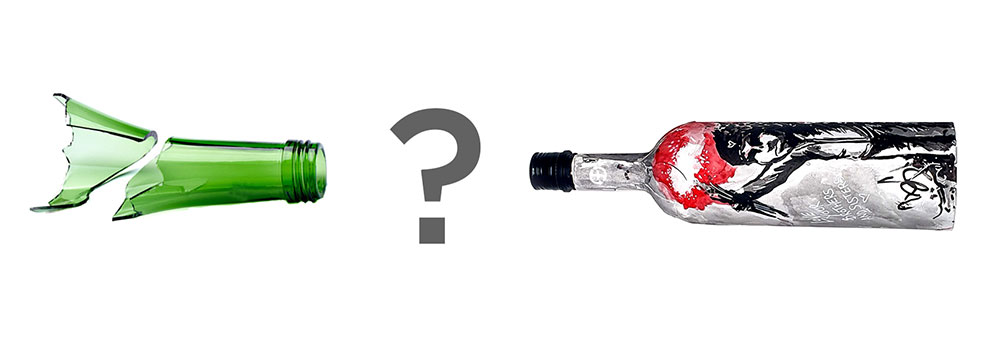
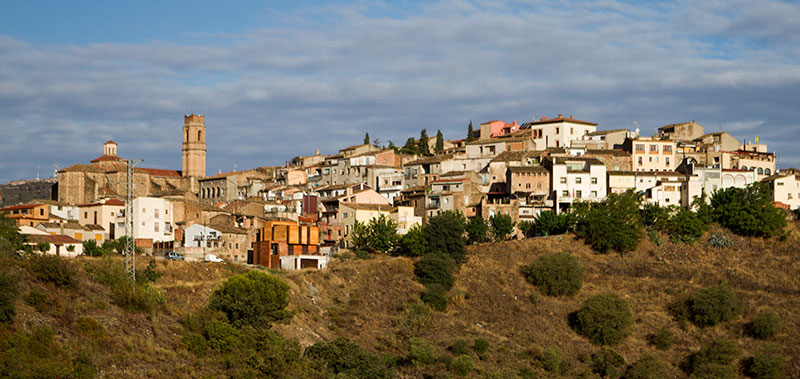
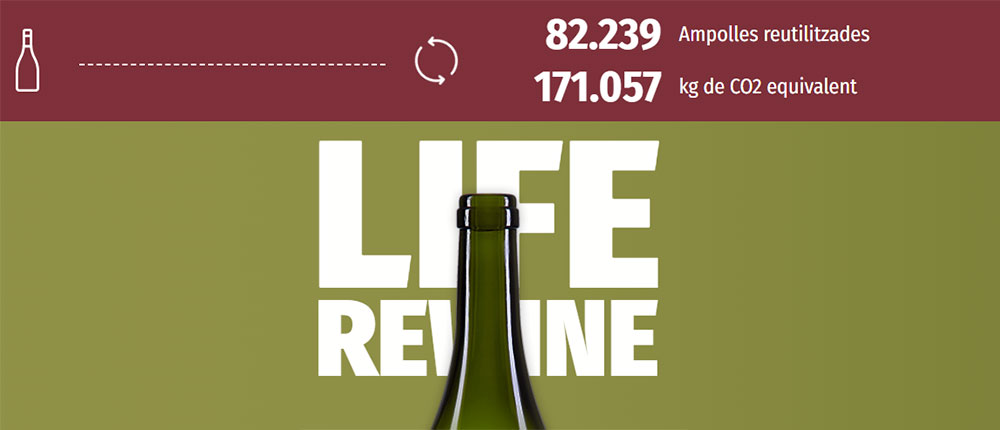
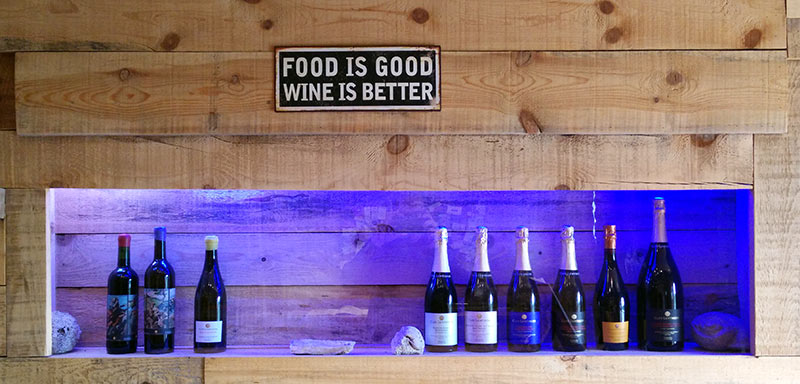
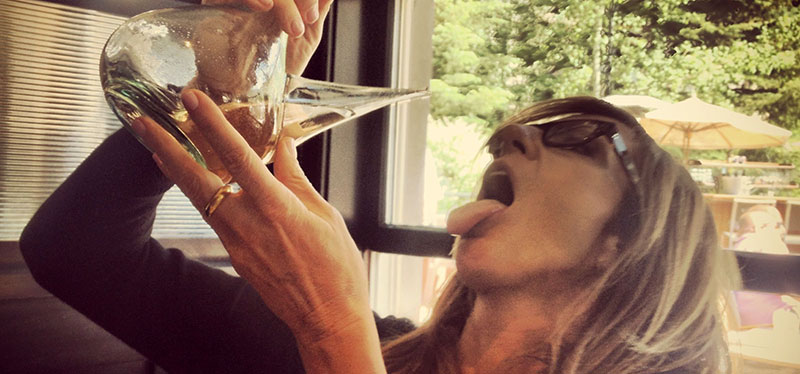
A very interesting article that above all shows just how complex this problem is.
I recall that when I moved to Germany many years ago, things like beer and mineral water, as well as litre bottles of wine, all came in standard bottles, which could be returned anywhere, as everyone used the same bottle. As most bottles can be used 6-8 times, it was a pretty good way to recycle. Now with the marketing drive to differentiate the product on the store shelf, these reusable bottles are used less and less. No reason why they could not make a reappearance.
Sadly, it used to be like this everywhere. I remember it even back in the last 1980s in the US.